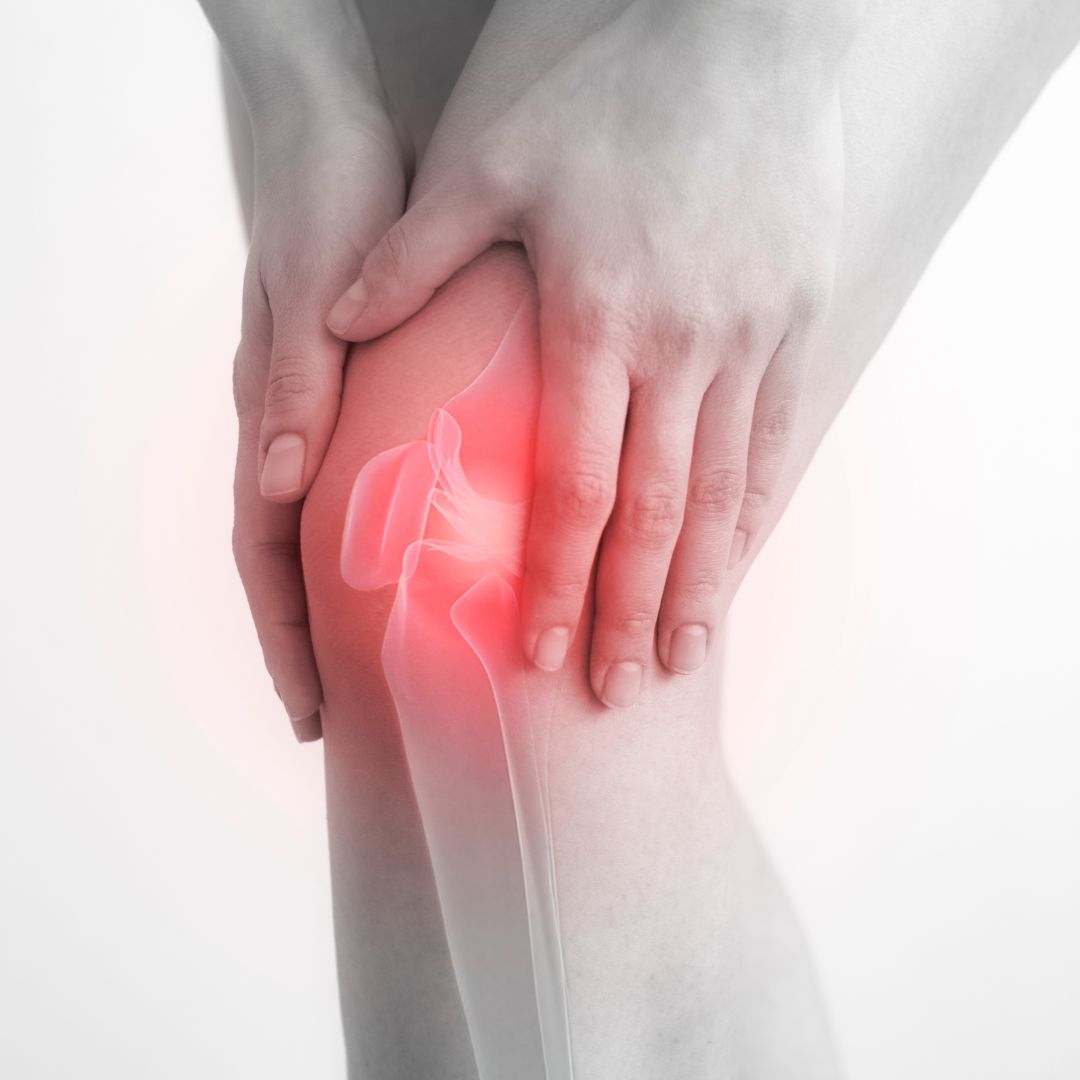that connect bones to other bones and jointsCommon Weight Lifting Injuries
Improper lifting techniques, lifting weights that are heavier than you can handle and/or not getting enough rest between your workouts can cause soft tissue injuries in the arm, shoulder, back, and quadriceps.
Common types of soft tissue injuries are ligament sprains, muscle and tendon strains, and tendonitis. In most cases, pain is a very common symptom along with inflammation and loss of function.
Muscle Sprains
A muscle sprain occurs when your ligaments tear or are stretched excessively. Ligaments are bands of fibrous tissue that connect bones to other bones and joints.
Sprains usually happen when a person falls, twists, or hits a body part which forces it out of its normal position. The most common type of sprain is a sprained ankle. Sprained ankles can occur when you lose your balance while weightlifting. To prevent this, make sure you are lifting weights with proper form, wearing proper footwear and exercising on an even surface.
Another common injury that can happen in the weight room is wrist sprains. This happens when a person’s wrist is bending back too far while they are raising dumbells.
Muscle Strains
A strain is a stretch in a muscle or tendon. Tendons differ from ligaments in that they line muscles to bones.
A muscle strain, or pulled muscle, occurs when your muscle is overstretched or torn. This usually occurs as a result of fatigue, overuse, or improper use of a muscle. Strains can happen in any muscle, but they’re most common in your lower back, neck, shoulder, and hamstring, which is the muscle behind your thigh.
These strains can cause pain and may limit movement within the affected muscle group. Mild-to-moderate strains can be successfully treated at home with ice, heat, and anti-inflammatory medications. Severe strains or tears may require medical treatment.
Symptoms of muscle strains and sprains
The signs of most sprains and strains are very similar. The common symptoms include pain and inflammation, and sometimes bruising at the injured area.Symptoms of muscle strains and sprains include:
- Swelling, bruising, or redness due to the injury
- Pain at rest
- Pain when the specific muscle or the joint in relation to that muscle is used
- Weakness of the muscle or tendons
- Inability to use the muscle at all
- Weakness of the muscle or tendons
First Line Of Treatment
Swelling or local bleeding into the muscle from torn blood vessels can be managed early by applying ice packs and positioning the strained muscle in a stretched position. After the swelling has declined, heat applications may be used to lessen pain. However, heat should be avoided at the early stage of injury as it can increase pain and swelling. Please remember not to apply ice or heat directly to skin and always use a protective barrier like a towel.
To further relieve pain, a topical pain reliever or oral NSAIDS can be used. Do not take NSAIDs if you have kidney disease, history of gastrointestinal bleeding or are taking a blood thinner. The PRICE formula (protection, rest, ice, compression, elevation) is an effective at-home treatment option for minor muscle injuries. To follow the formula, remove all constrictive clothing, including jewelry and follow the steps below:
- Protect the injured muscle
- Rest the injured muscle by avoiding any activities that cause strain or other physical activities
- Ice the area every 20 minutes during the day. Ice is an effective anti-inflammatory and pain reliever.
- Compression may be gently applied to alleviate swelling use an elastic bandage. Do not tightly wrap the bandage
- Elevate the injured area above the level of your heart to decrease swelling.
If you experience symptoms such as numbness in the affected area, not being to able to move the injured body part at all or not being able to walk more than 4 steps, you should seek medical help as soon as possible.



References
Information on this page was compiled from http://orthoinfo.asos.org/topic.cfm?topic=a00111





